Recently, a colleague gave me a book with lots of interesting information about a purely agricultural village on Phu Quy Island. Phu My Village - 1 of 9 villages on Phu Quy Island in the year of Ky Dau (1909).
Before the above mentioned time, Phu Quy had a total of 12 villages. Due to the lack of population, the government allowed the merger of Phu Ninh and My Xuyen villages into Phu My. Currently, Phu My and An Hoa villages are combined into Phu An village in Ngu Phung commune.

In the introduction, the authors said: “In each of us, no matter where we live and work, our hearts always remember our birthplace… It is a pity that through the generations of our ancestors, we have made great achievements, but did not write down history… For that reason, our descendants want to find the village’s writing shop as well as the temples.” And since 1993, we have been collecting stories and legends, and then publishing this book.
In terms of structure, the book is divided into 4 sections. The first section clearly indicates the geographical location and boundaries. Phu My village is located on the inter-commune road, with an area of 40,000 m², bordered as follows: To the east it borders the sea of Coi hamlet (Phu Long village), to the north and west it borders Long Hai commune, to the south it borders An Hoa village (Phu An village, Ngu Phung commune).
From the early days of the merger (February 25, 1909), Phu My village had a population of about 200 people, living mainly by farming, raising livestock and fishing with nets along the shore; life was difficult.
Second, regarding beliefs, despite economic difficulties, because of their faith in the gods, the whole people joined hands to build temples, communal houses, and mausoleums to worship.
According to statistics, Phu My village has up to 5 folk beliefs, including: the temple to worship the god Bach Ma Eunuch, the mausoleum to worship the god Nam Hai, the temple to worship the teacher Nai, the temple to worship the King of Heaven, the temple to worship Quan Cong and a pagoda to worship Buddha. Notably, the story of the establishment of the beliefs has many interesting details, such as the story about the process of building the teacher Nai's temple below.
One morning, a group of children were playing u moi at Bau Bung when suddenly a boy appeared and claimed to be Master Nai. This made the children in the village bewildered and skeptical, so they invited him back to the village so that the adults could ask him about it. When they arrived at the village entrance, the child said that he was Master Nai, whose tomb was located on a promontory jutting out into the sea (today is the Master's tomb area, in Long Hai commune). Seeing that the people on the island had faith, he wanted to rely on the medium to ride on the spirit to tell the villagers: "If you agree to build a temple to worship me, I will protect the village with a strong body and protect the country and the people with peace."
The villagers were delighted to hear that and asked the master to show them where to build a temple. As soon as he finished speaking, the boy led them to the place the master had chosen (the current temple of Master Nai). But the land intended for the temple had a very large elm tree that could be hugged by four people. Because the elm tree stood in the center of the land chosen to build the temple (locally called it the heart of the temple), it had to be moved. The young men of 12 villages (before the merger) were mobilized to clear the area, but the elm tree could not be uprooted, so everyone was upset. Suddenly, a boy possessed by a spirit ran over and claimed to be Master Nai and asked the villagers to prepare offerings (porridge, sugarcane, incense, lamps, etc.) for him to treat the soldiers. After the soldiers had enjoyed the offerings, they would join him in uprooting the large elm tree.
An altar was set up with all the offerings. After praying, the boy stood up, hugged the elm tree, pulled it up and carried it to another place. A shrine was built with bamboo and earthen walls. After many renovations, the temple of Master Nai is as spacious as it is today. With its typical tangible and intangible cultural values of the locality, on September 7, 2010, the People's Committee of Binh Thuan province recognized the Temple of Master Sai Nai as a provincial historical and cultural relic according to Decision No. 1993/QD-UBND.
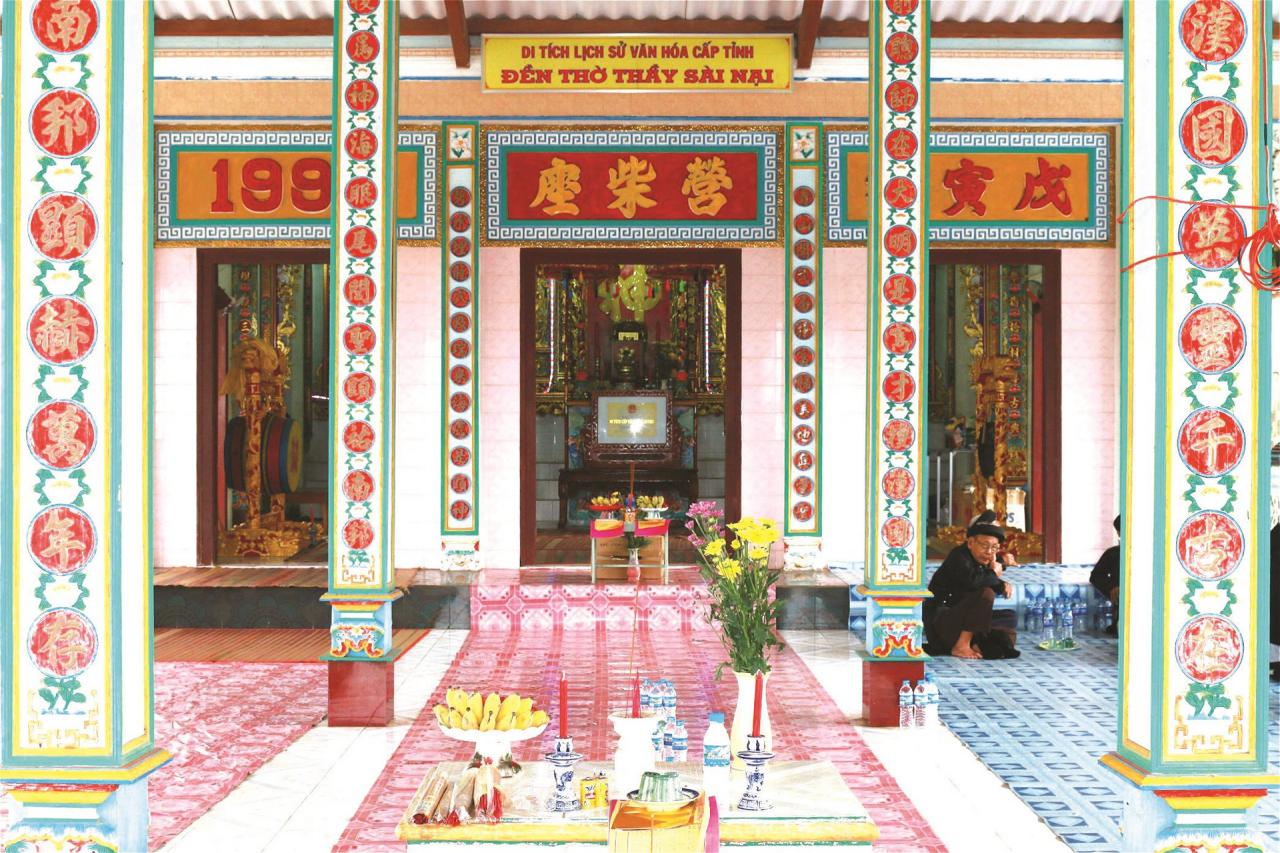
Up to now, when talking about folk beliefs in Phu Quy island, people often only mention the worship of Nam Hai god, worship of teacher Nai, Ban Tranh... but few people mention the worship of Quan Cong (Quan Thanh De Quan). Now, thanks to this book, we know more clearly.
According to the group of authors Nguyen Huu Phuong, the idea of building a temple to worship Quan Thanh (also known as Ong Pagoda, whose Chinese name is Quan Linh) belonged to Mr. Chanh Canh Bui Quang Gieo. At that time, he personally discussed with the village's festival committee to mobilize the construction of the temple. However, due to difficult economic conditions, the village could not afford it, so Mr. Canh Bui promised that if the village agreed, his family would lend capital to build the temple, and if the people contributed less, his family would lend the rest to pay back, until the village could pay it back gradually.
Before building the pagoda, Mr. Bui Quang Gieo personally went to the capital Hue to contract with the construction workers and choose the model (like Tu Dam pagoda). The set of three statues of Quan Cong, Quan Binh and Chau Thuong were also cast on this occasion (at 0:00 on November 3, Nham Ty year (1912). In the year of Giap Dan (1914), the ground was broken and the stone was laid to build the pagoda. In the year of Dinh Ty (1917), the pagoda was completed and the villagers of Phu My held a ceremony to celebrate the wedding of Quan Thanh.
Sections 3-4-5-6 are the list of Village Chiefs through the ages, the renovations of temples, the list of Commune Chiefs through the historical ages and the development process of education using the national language on the island.
“Biographical Chronicles of Phu My Village Through the Ages” mainly writes about the history of the temples with legends tinged with mystery. However, with pride in the historical and cultural traditions of the homeland, the group of authors Nguyen Huu Phuong has taken the trouble to collect and compile this book to preserve the memories of the village; along with some valuable historical information. Although there are still some limitations that need to be supplemented; the book initially helps young people understand more about the origins of local culture and history. The book is also a useful reference source contributing to the study of the folk cultural treasure on this beautiful island.
Source


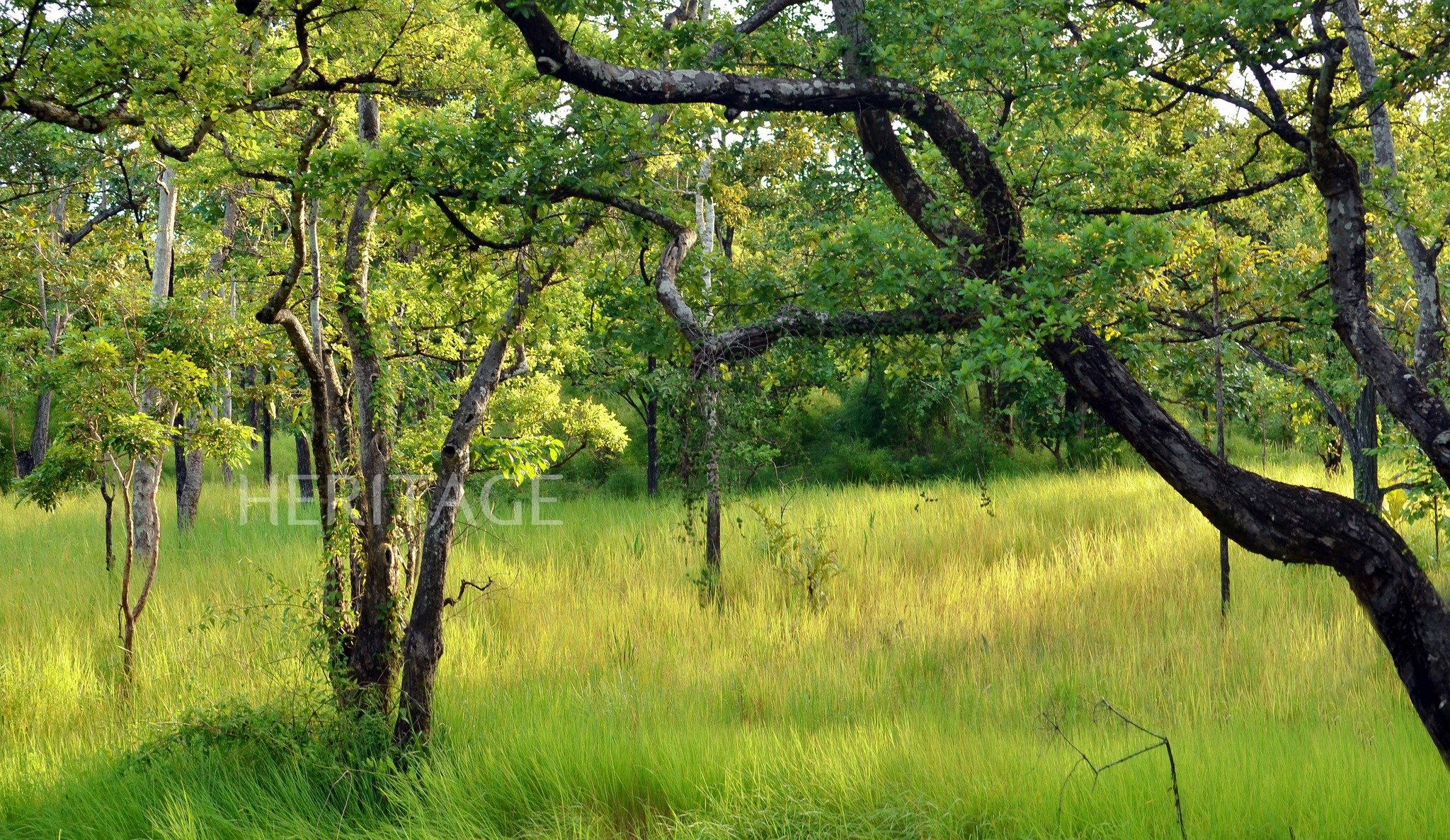


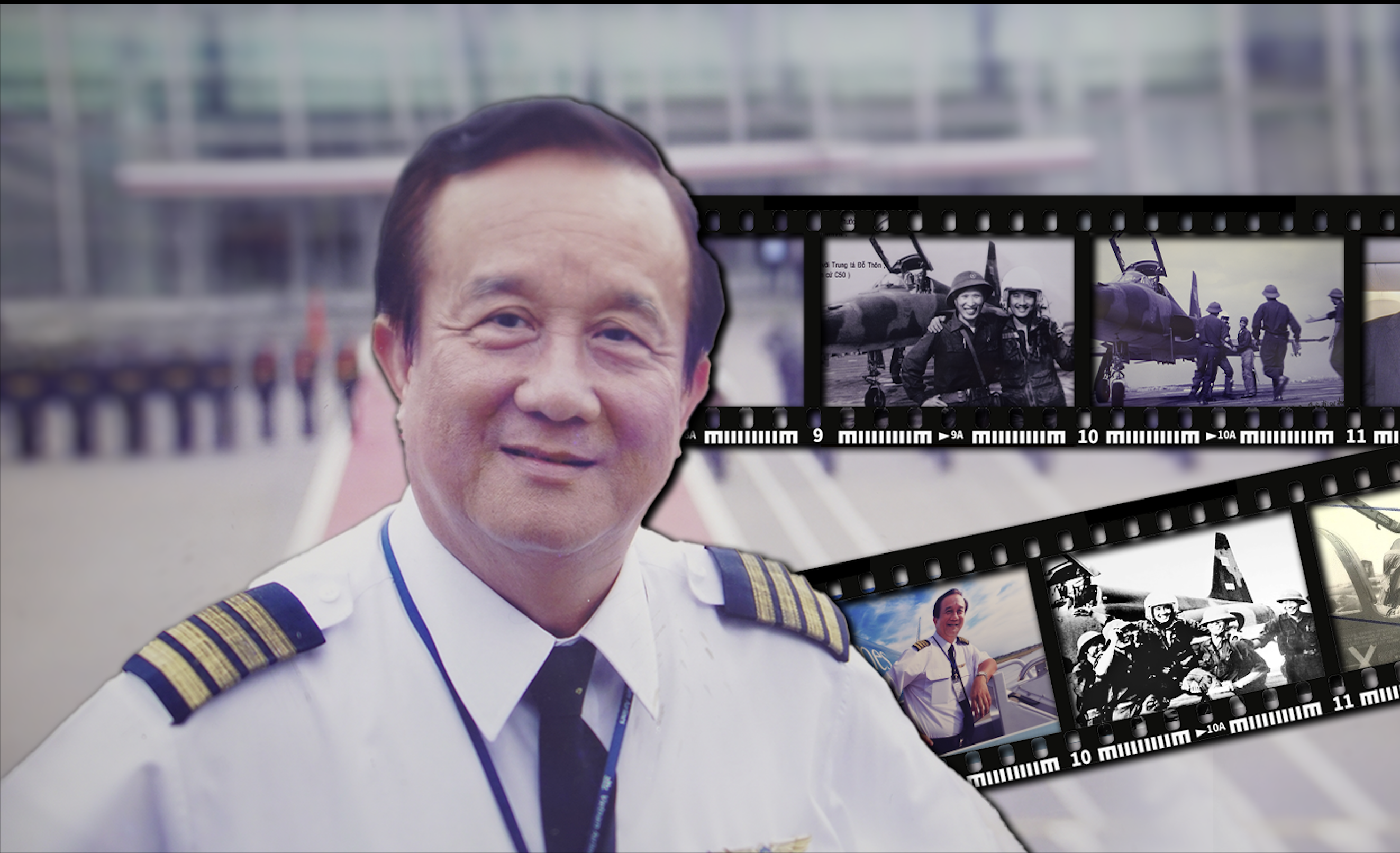


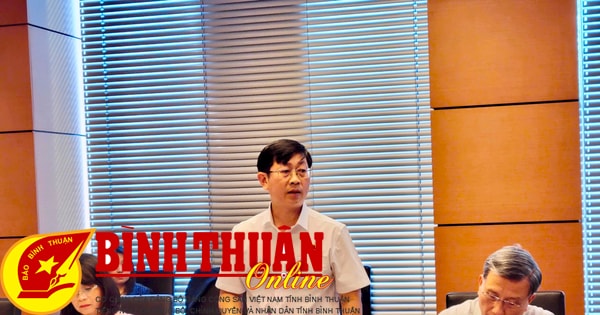

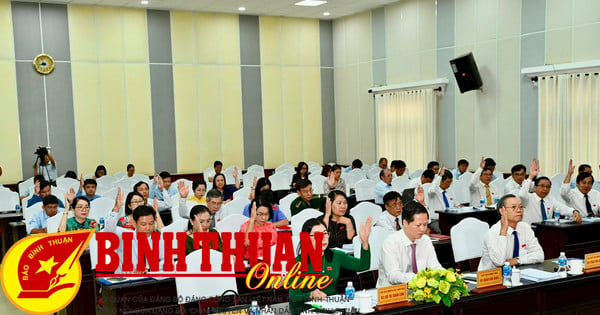


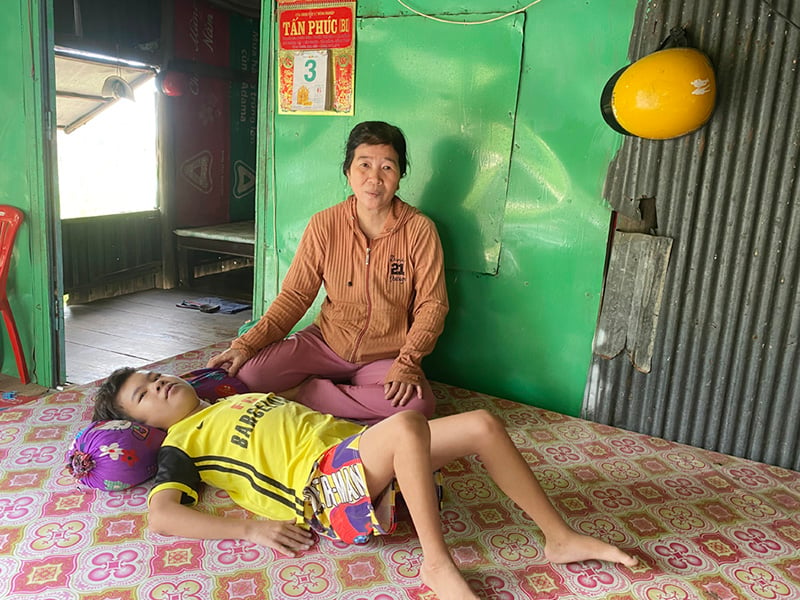

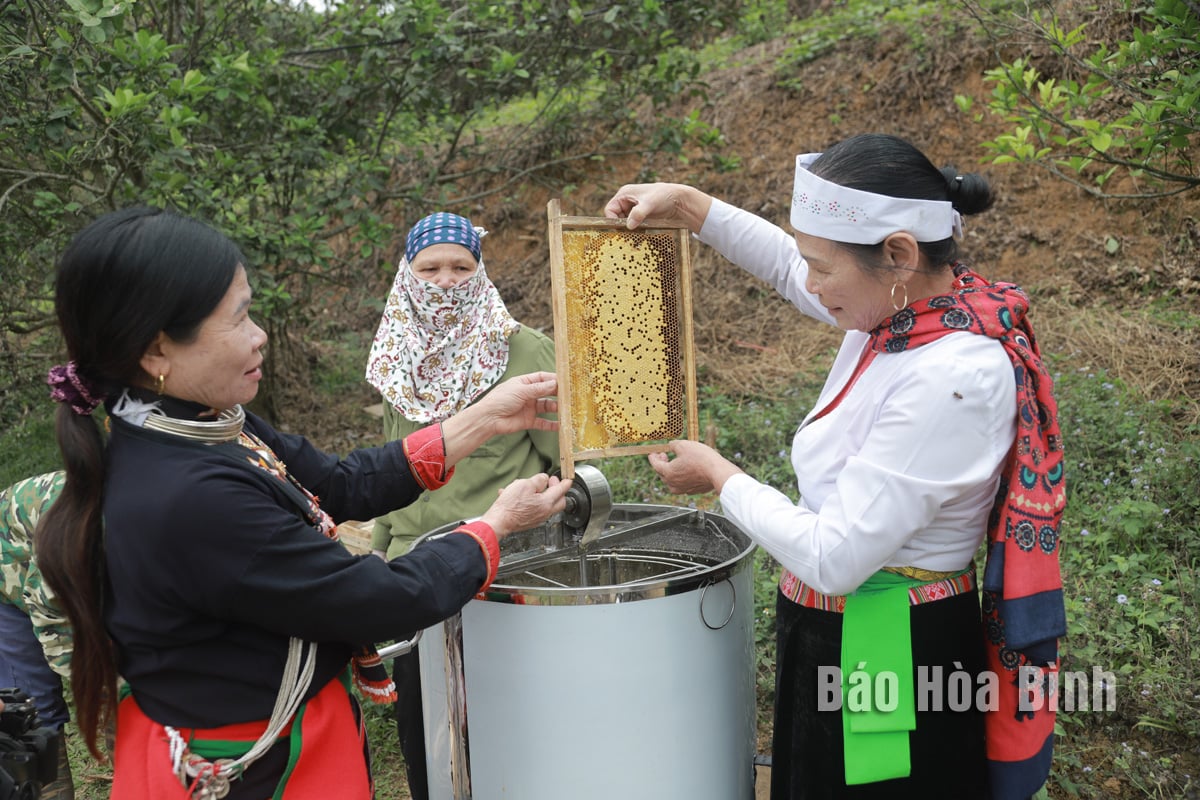
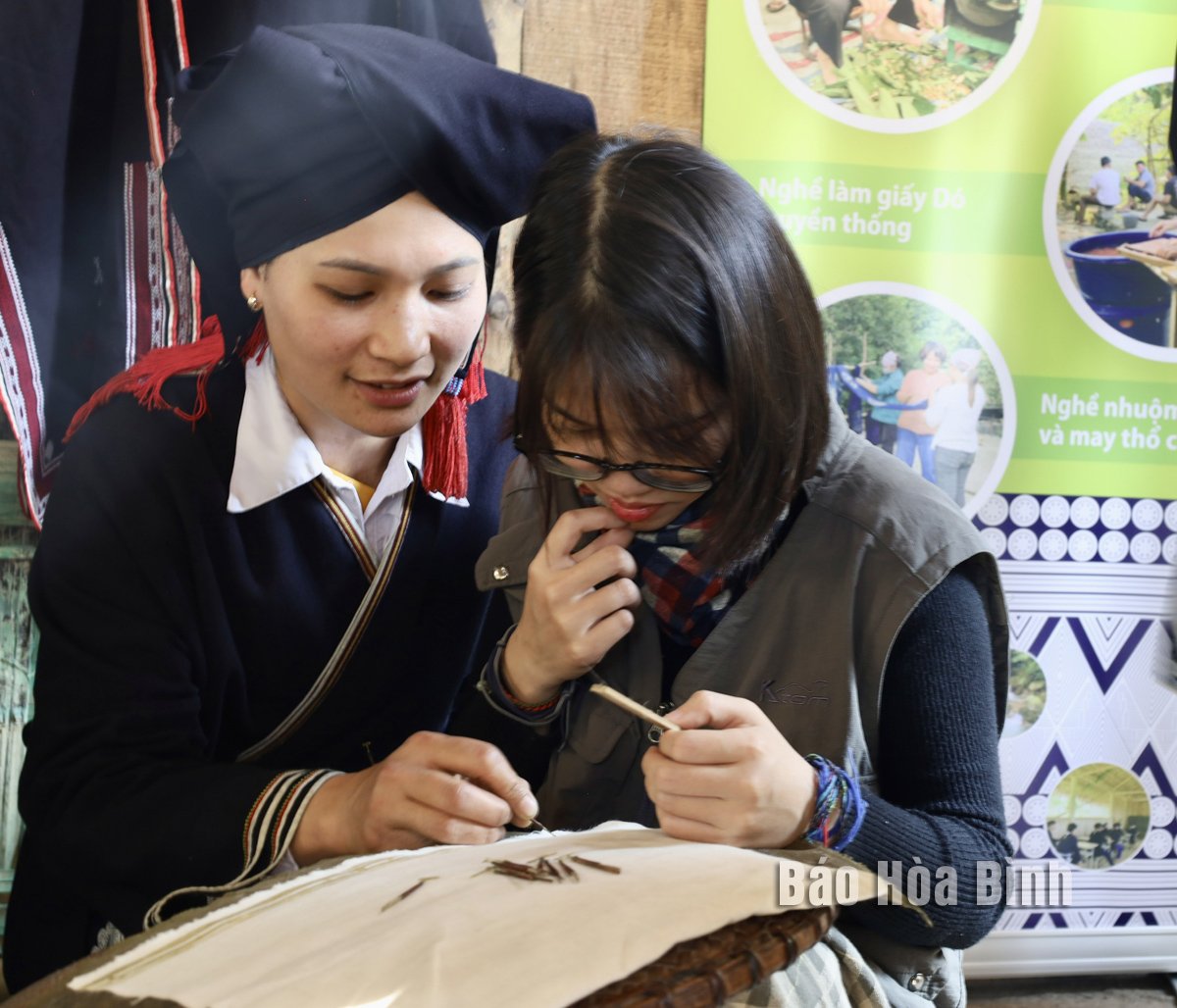

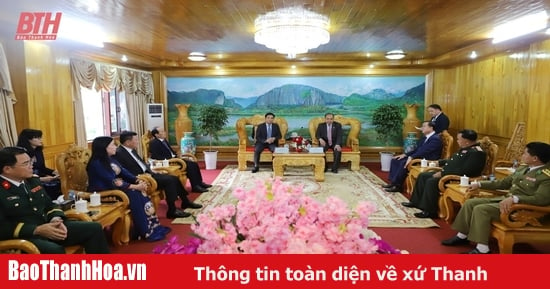

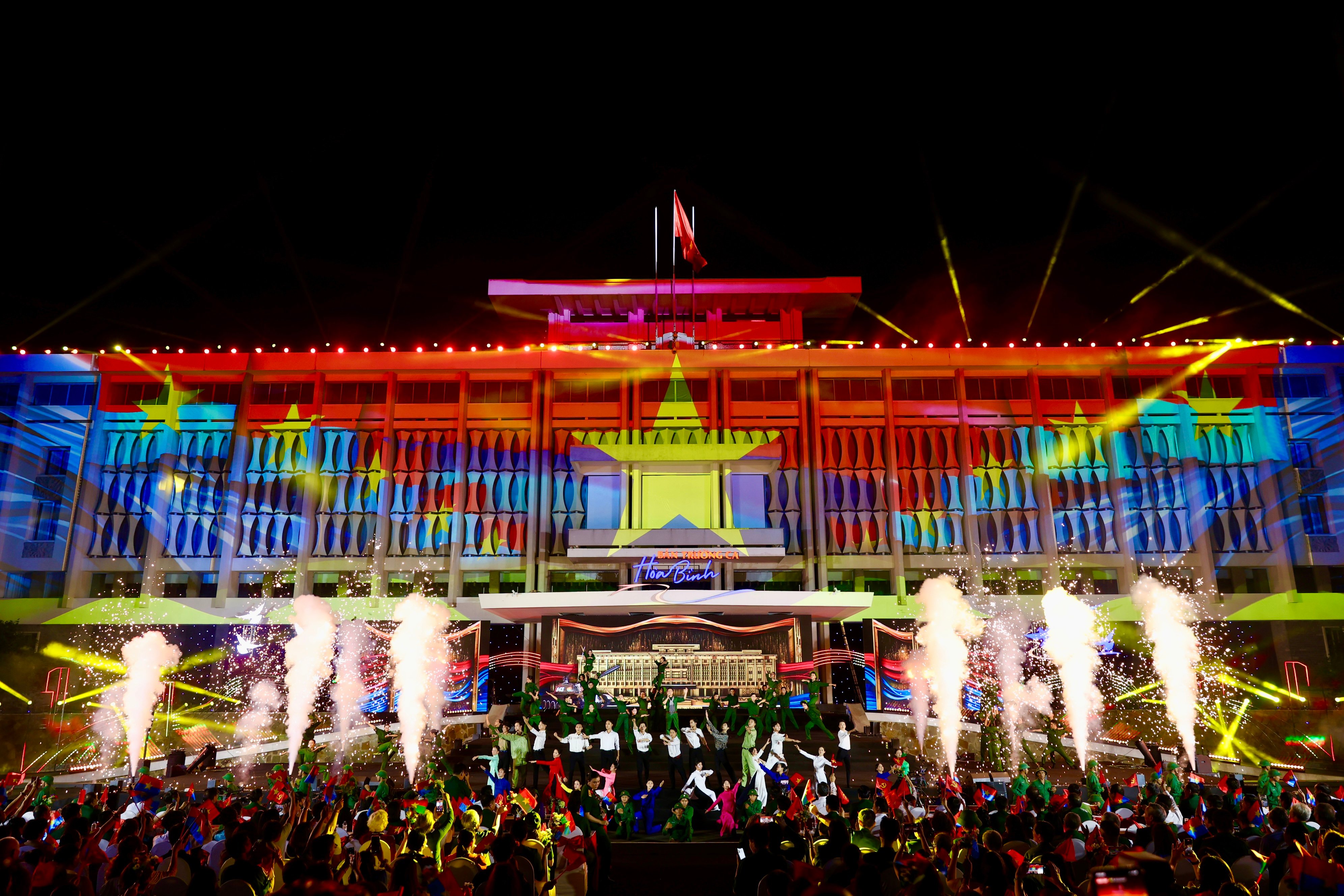
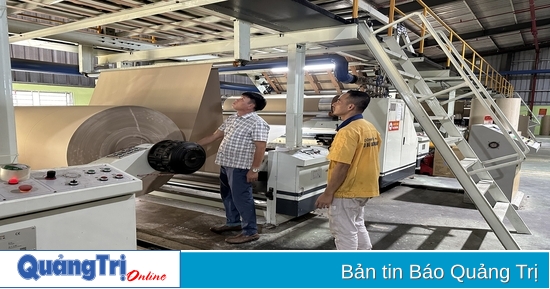
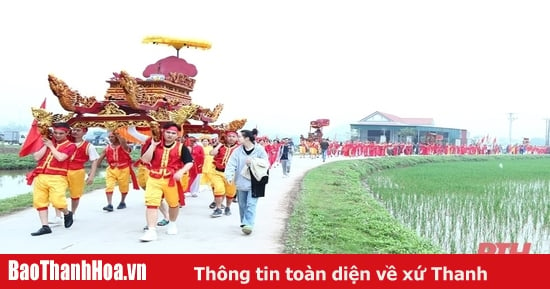

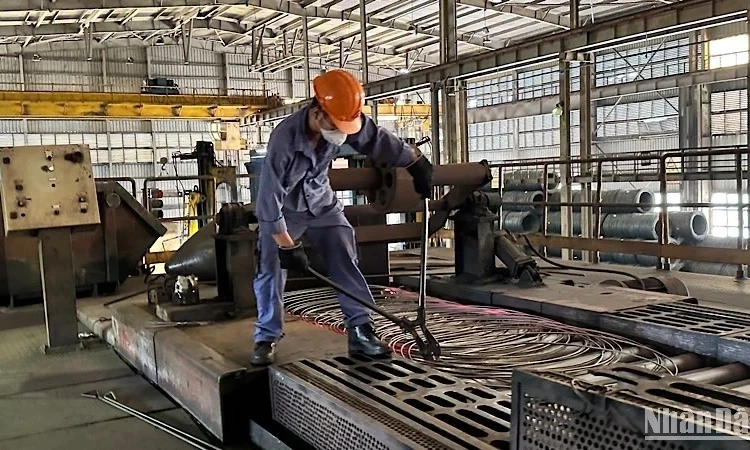


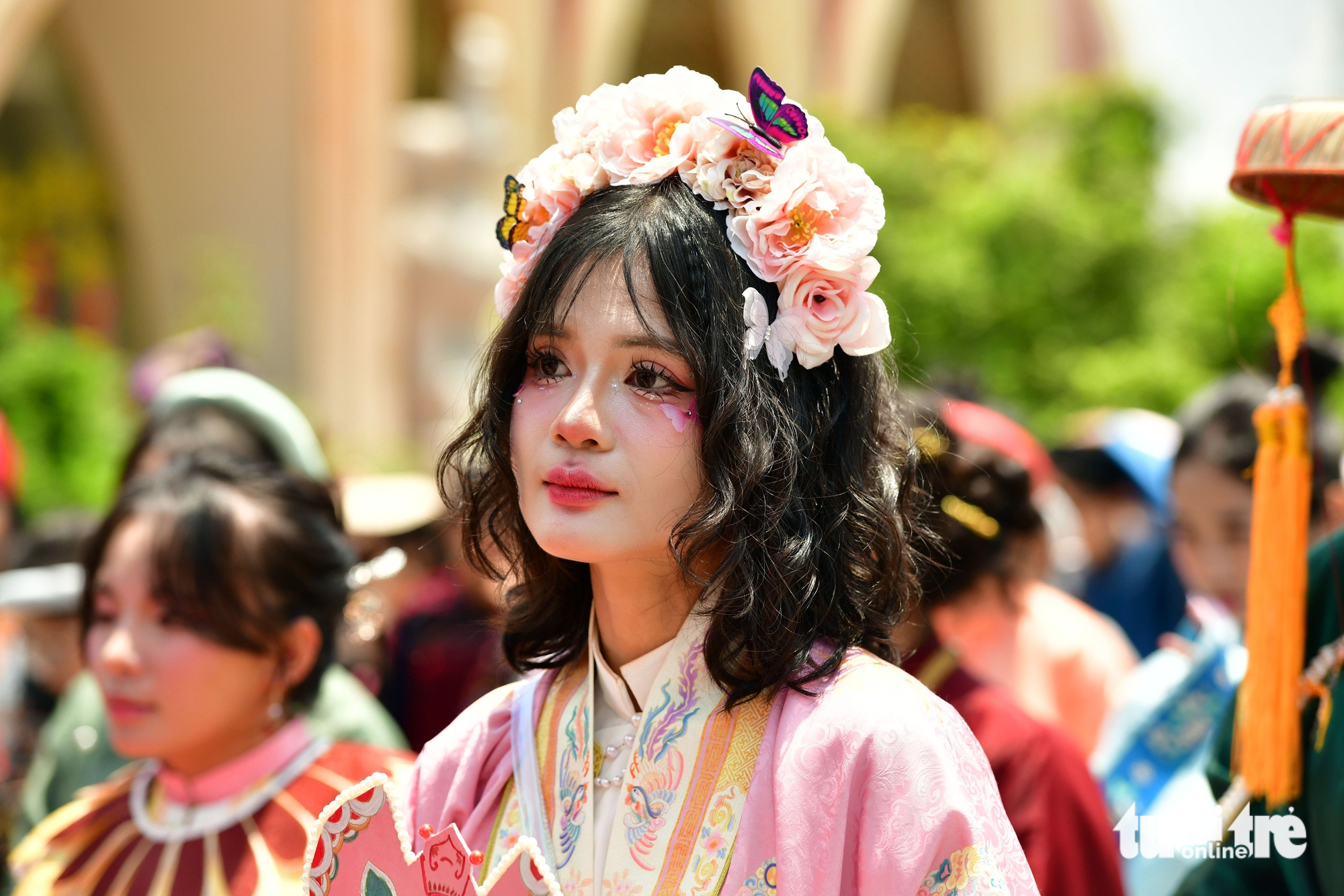
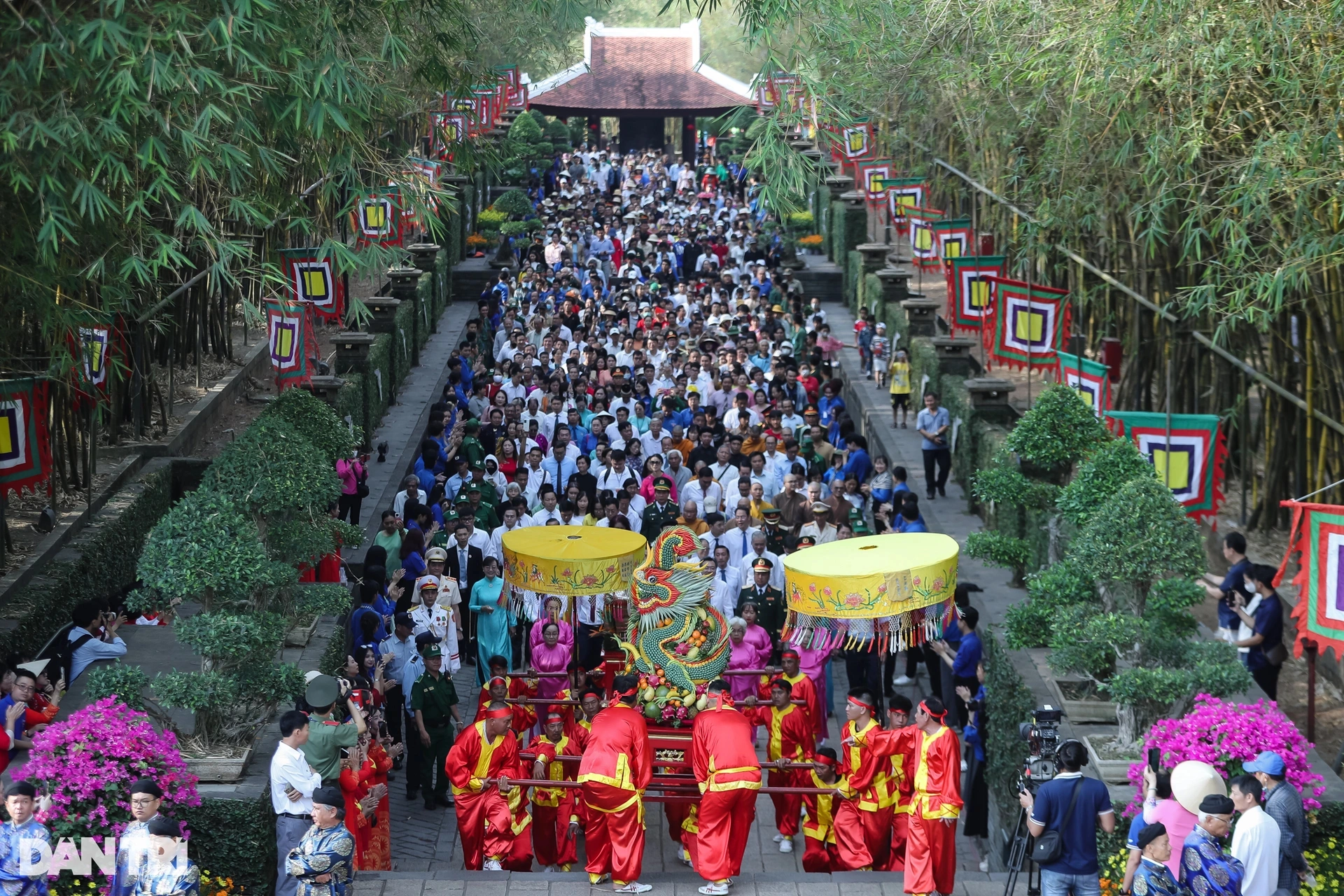
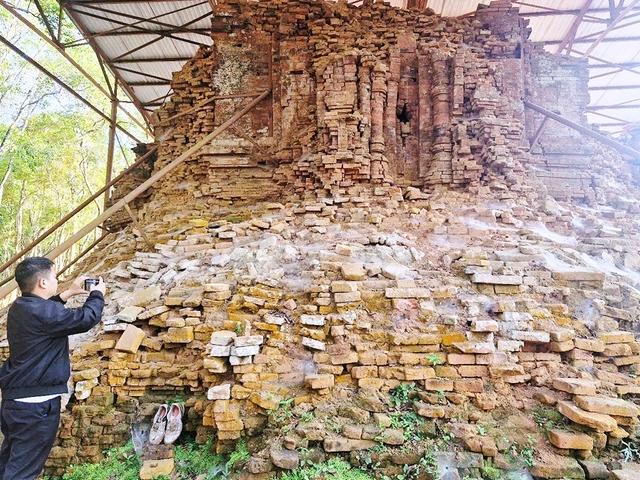



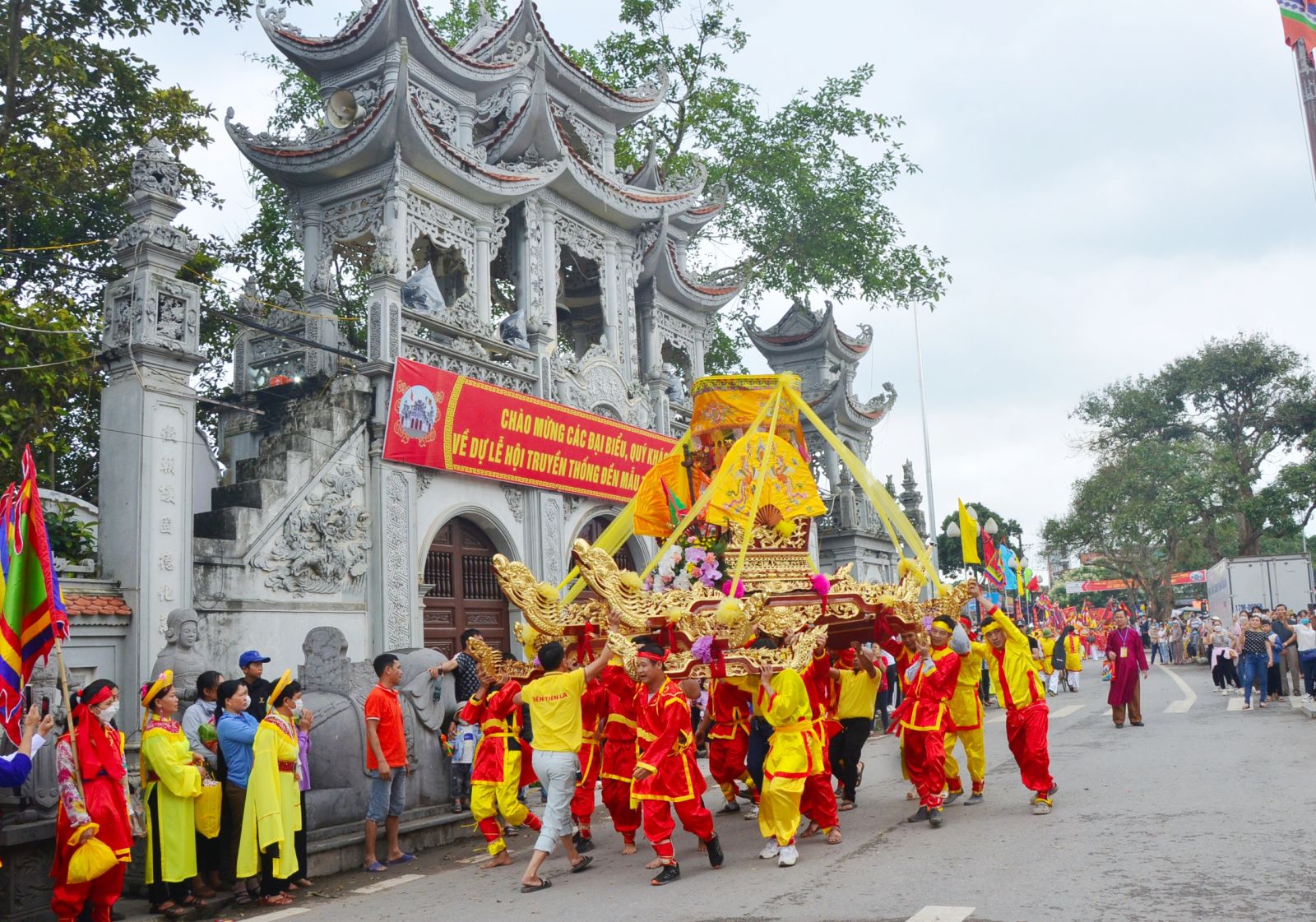

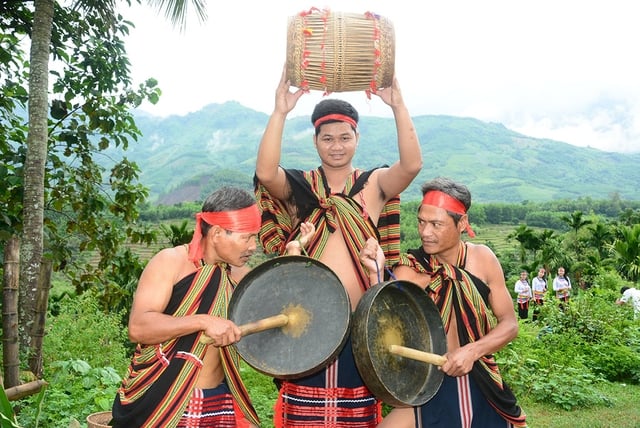


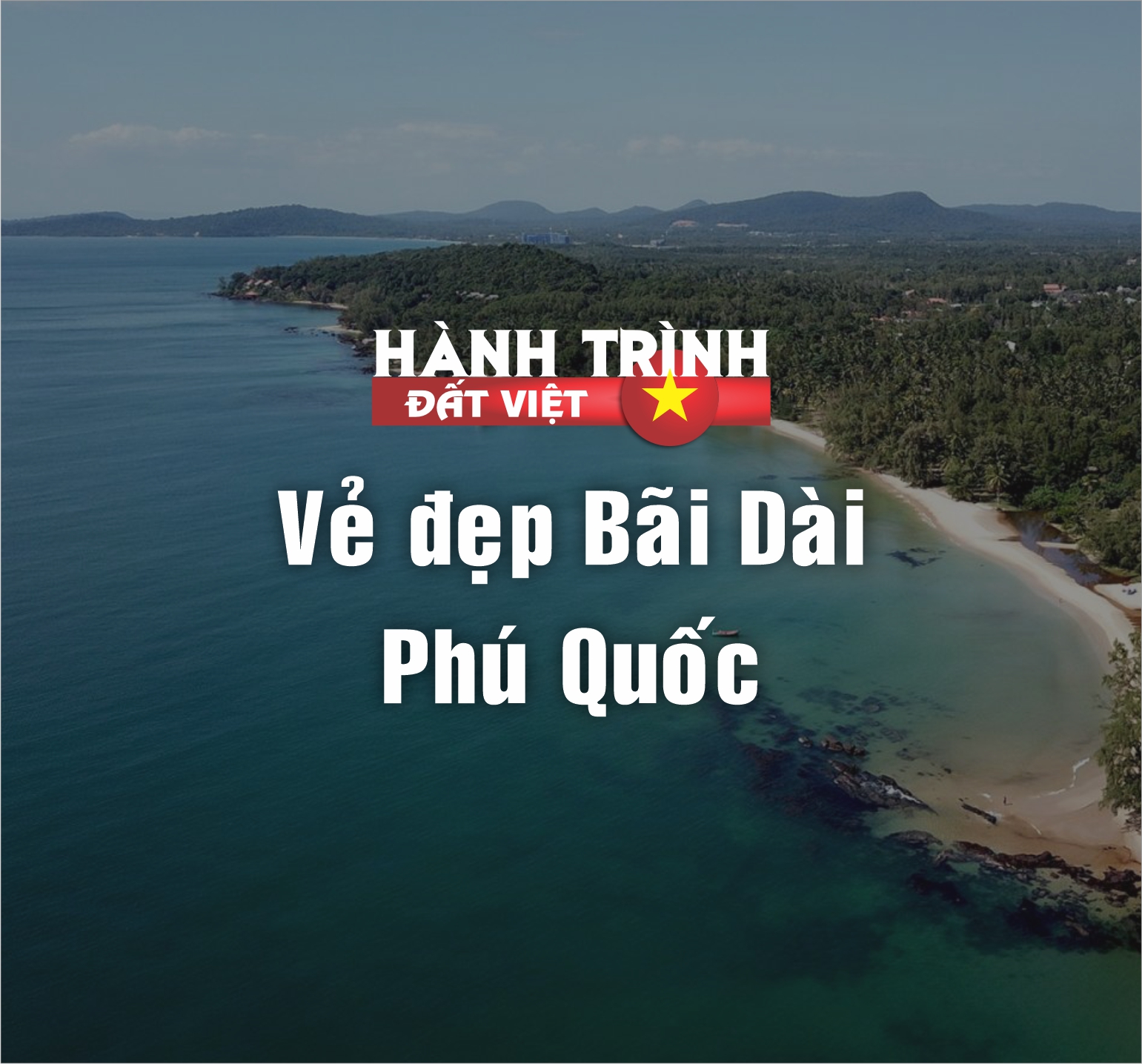



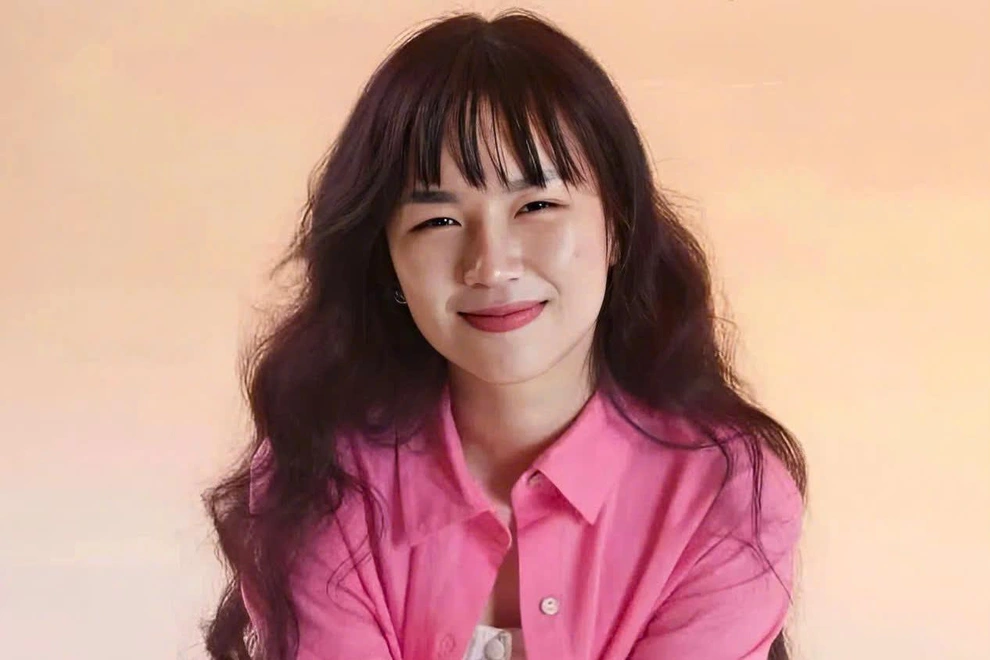

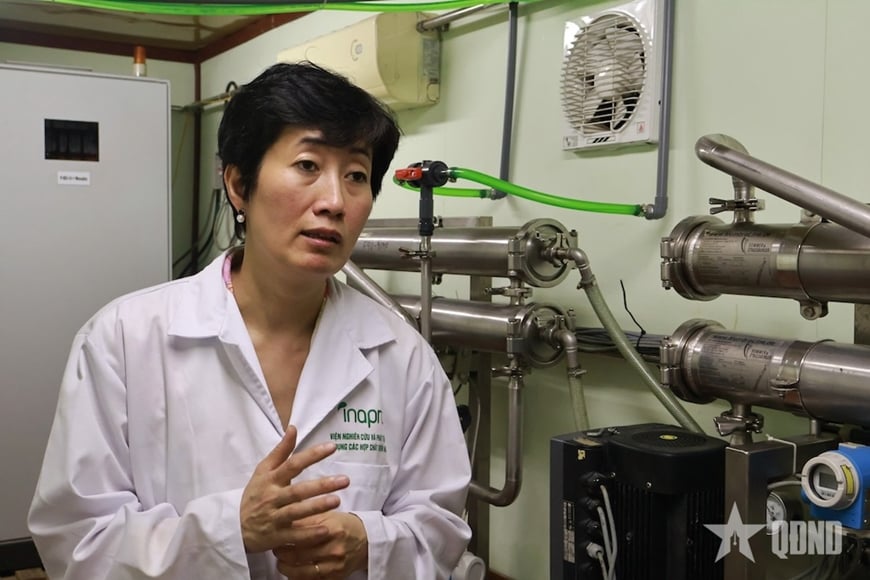



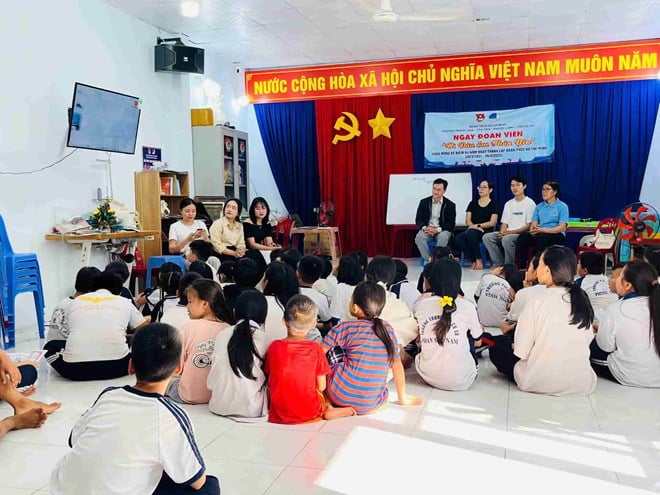

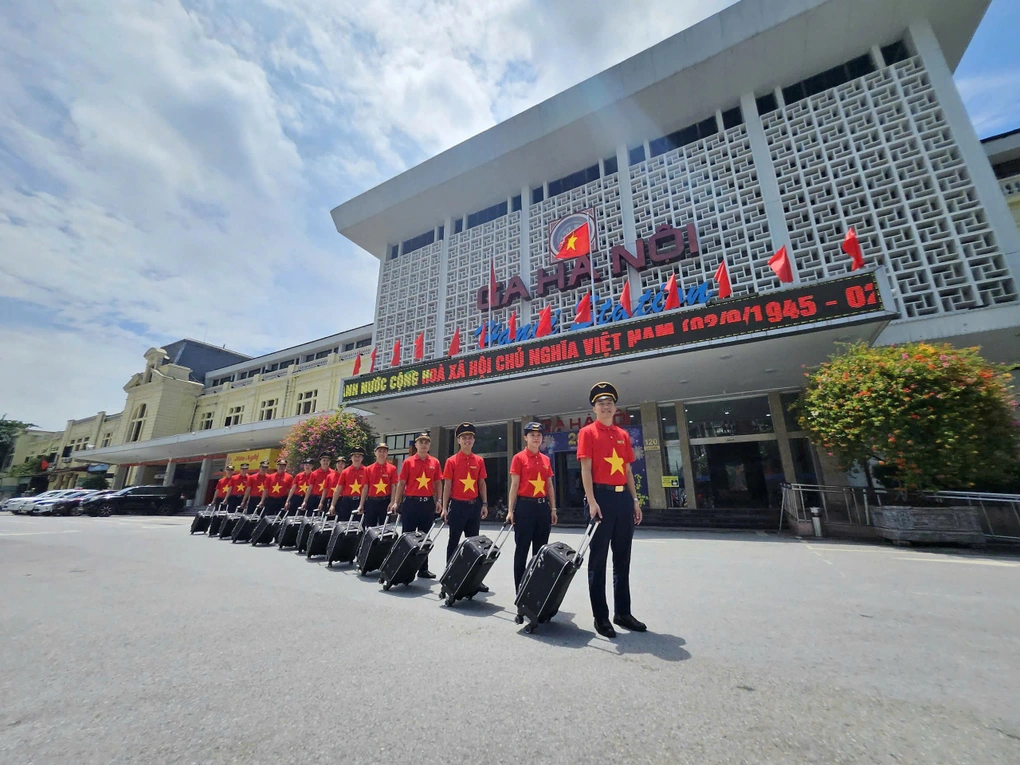








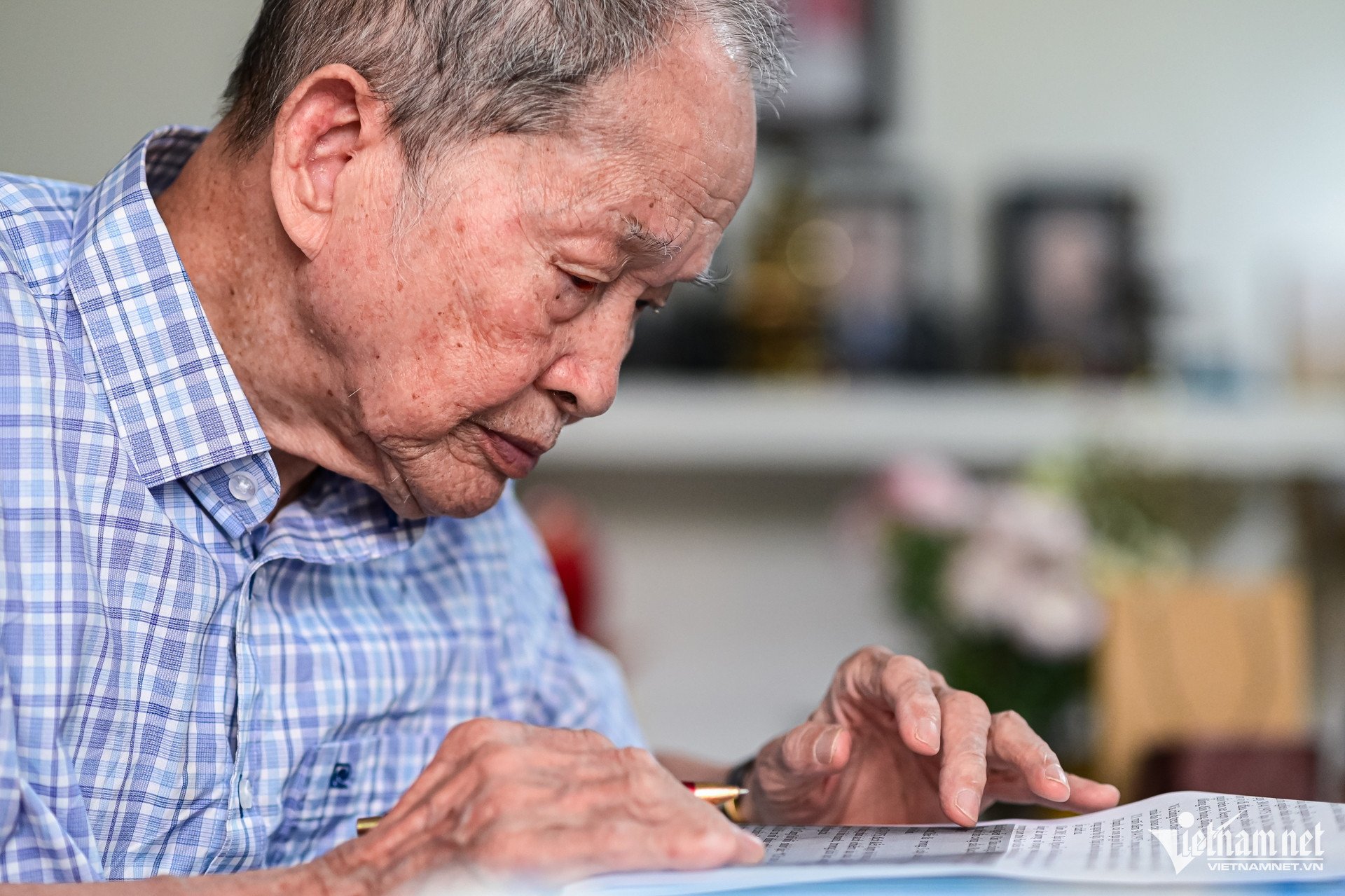



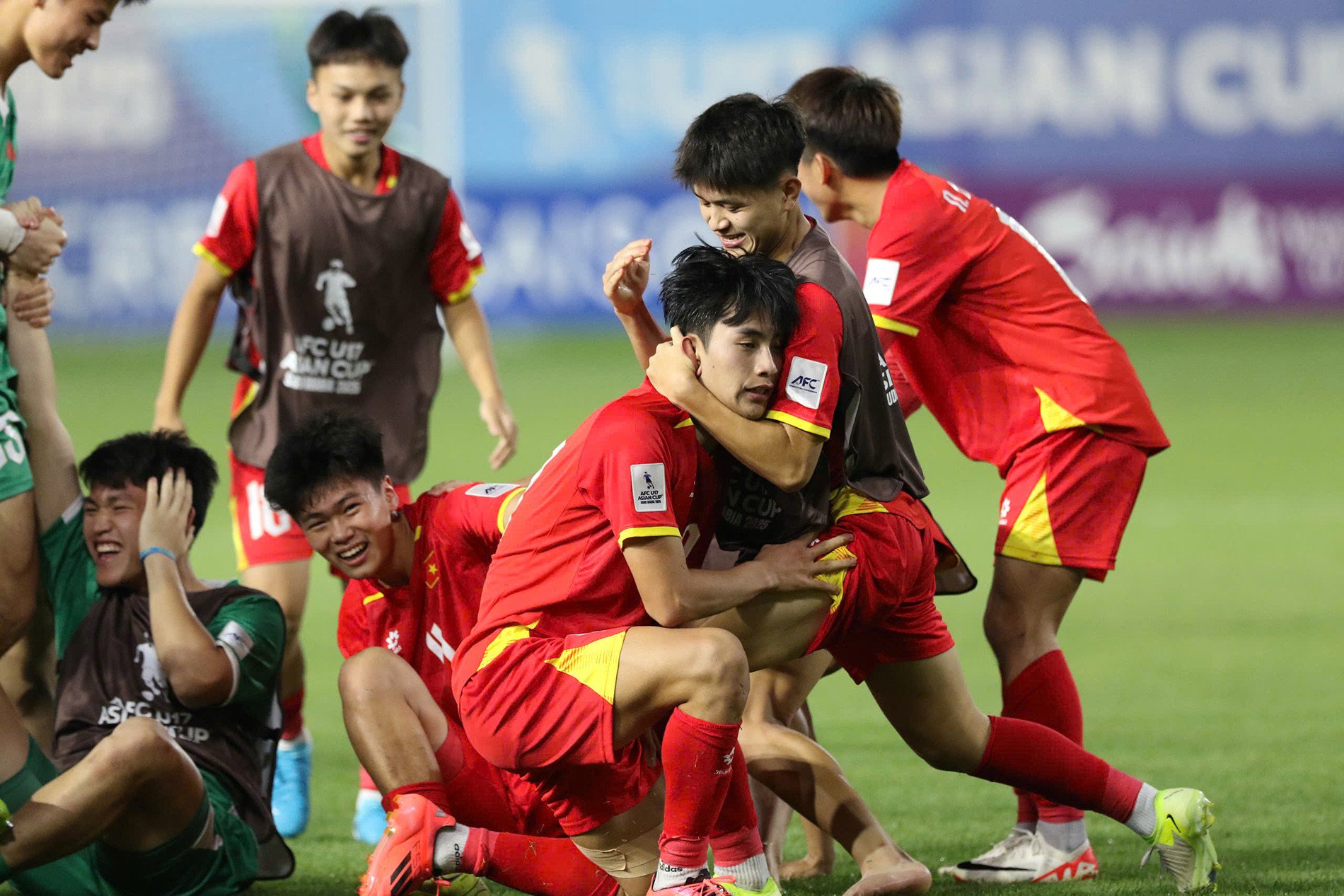











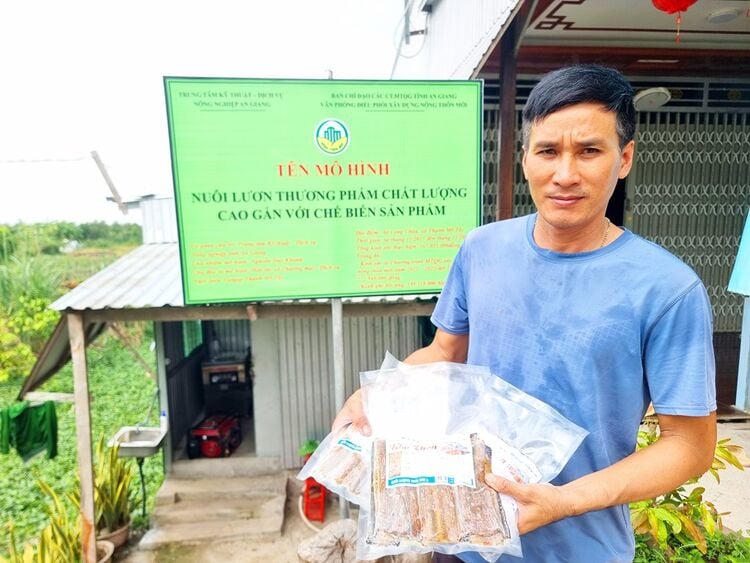
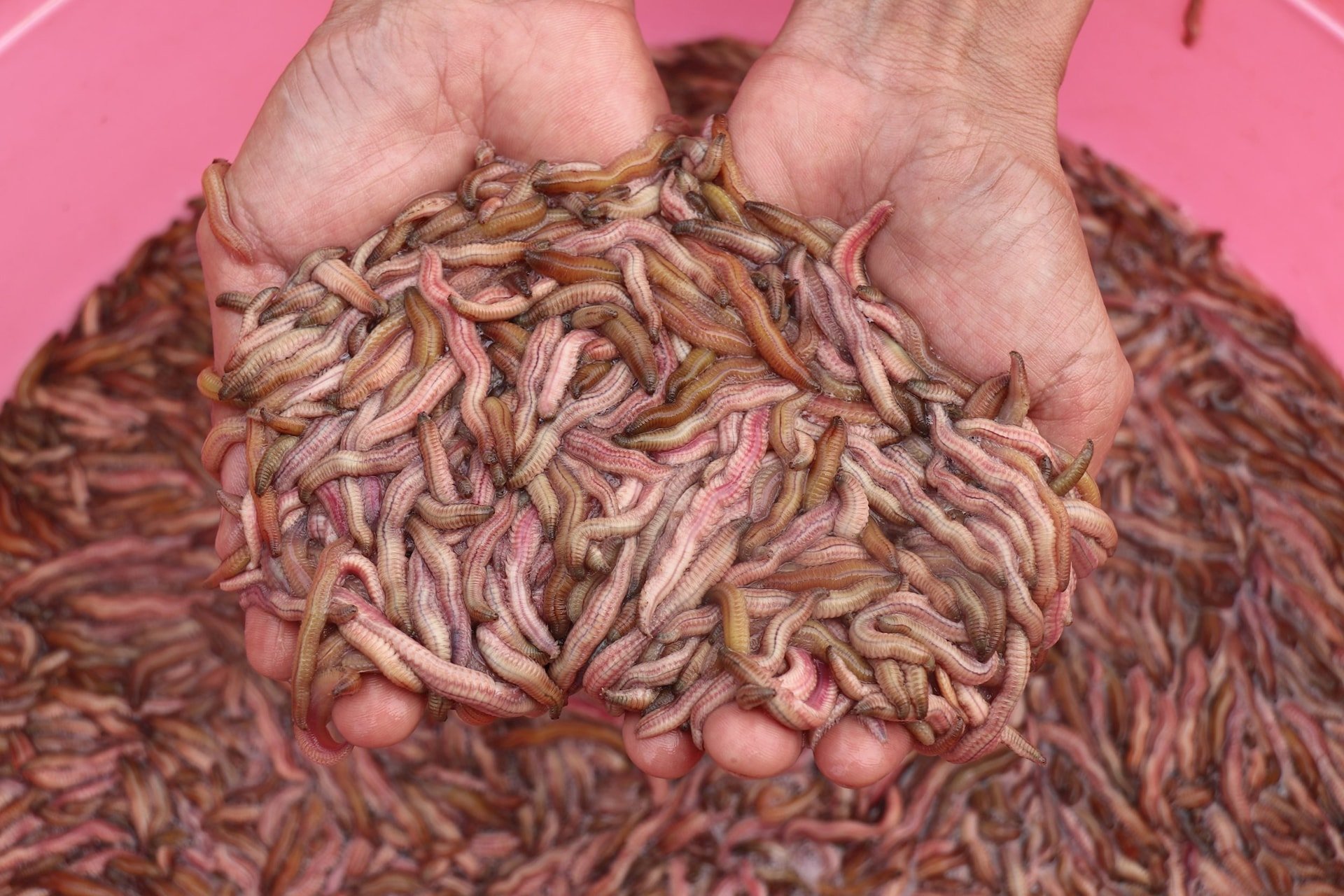
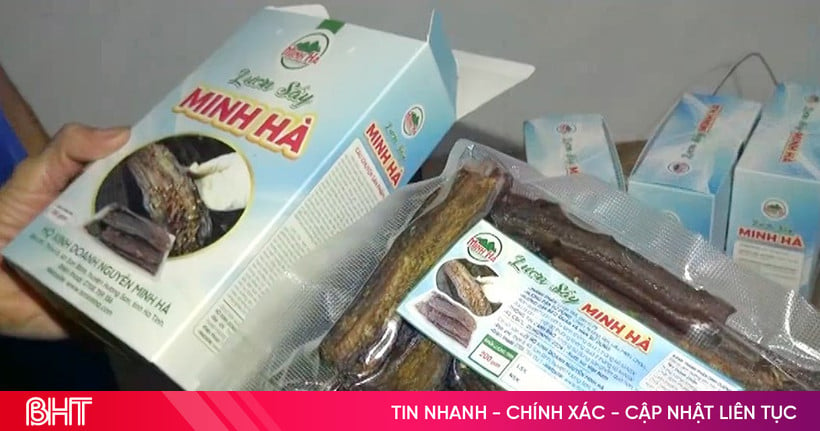

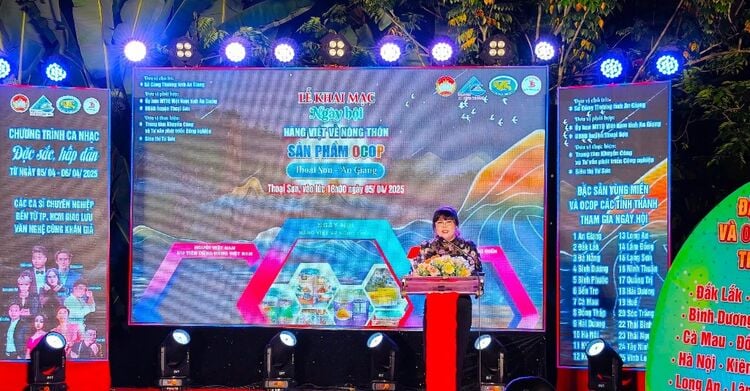


Comment (0)